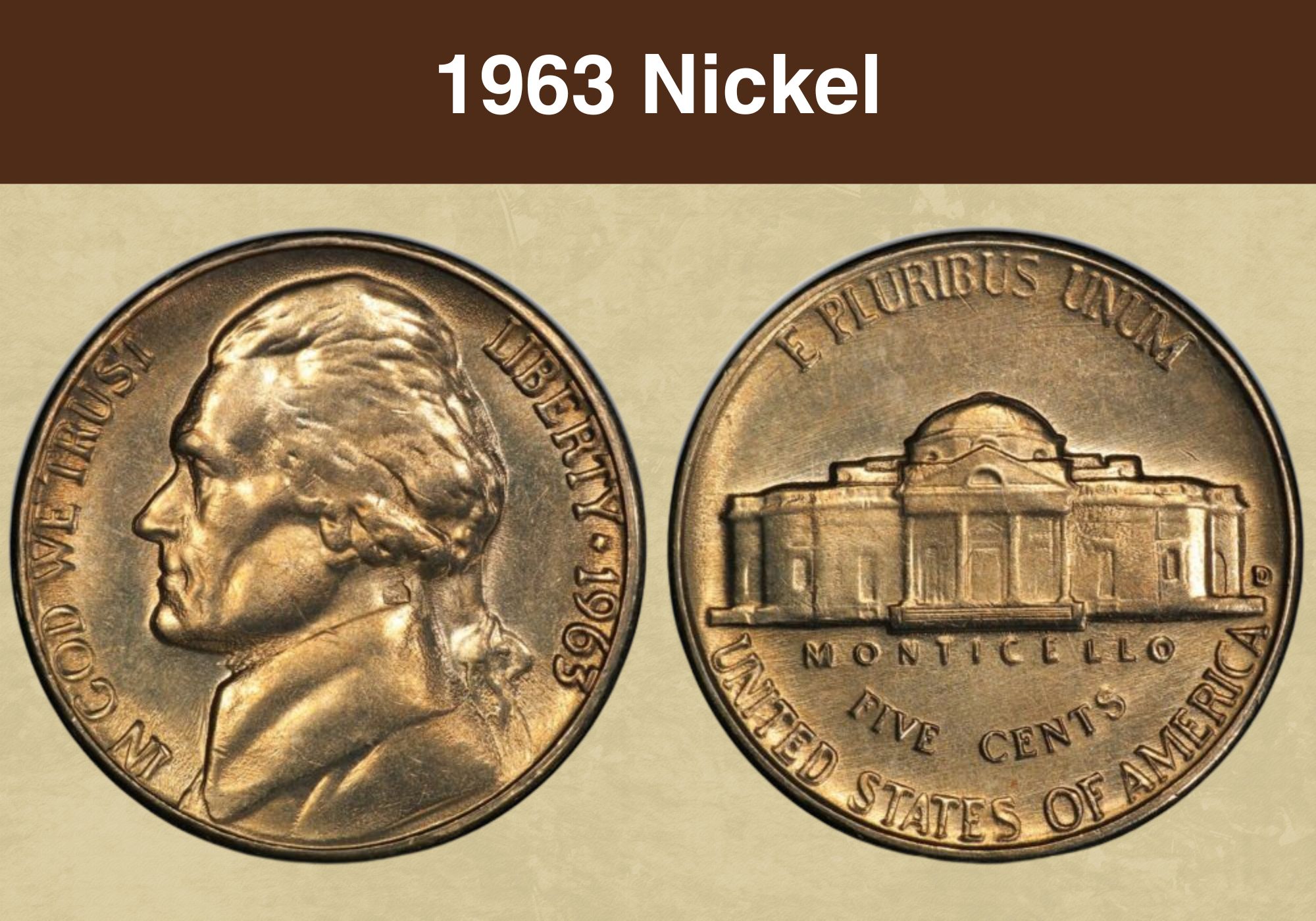
Coin Value Contents Table
Late in 1963, JFK was assassinated, leading to the introduction of the Kennedy Half Dollar in 1964. This evoked retroactive interest in all coins minted around that date, including 1963 Nickels. The 5c piece also had a role in introducing the Johnson Sandwich since it proved the viability of cupronickel coins. So let’s learn more about the 1963 Nickel Value and backstory.
1963 Nickel Value Chart |
||||||
| Coin | MS 60 | MS 64 | MS 65 | MS 66 | MS 67 | PR/PF 70 DCAM |
| 1963-D Nickel | $2 | $10 | $20 | $150 | – | – |
| 1963-D Nickel Full Steps | $150 | $3,600 | $5,250 | – | – | – |
| 1963 (P) No Mint Mark Nickel | $2 | $10 | $14 | $24 | $750 | |
| 1963 (P) No Mint Mark Nickel Full Steps | $10 | $45 | $100 | $425 | $4,000 | – |
| 1963 (P) Proof No Mint Mark Nickel | $6 | $8 | $10 | $12 | $15 | $15,000 |
History of the 1963 Nickel
The Nickel (5c) was one of the first American coins to shed its silver content. This happened way back in 1866 when it replaced the Silver Half Dime. A hundred years later, the other US coins followed suit, switching to Lyndon Johnson’s substitute of cupronickel cladding over a pure copper core. This move – just like the earlier nickel piece – was necessitated by scarcity.
In 1866, the Civil War was raging, so both gold and silver were in low supply. So the US Mint experimented with base metal coins, starting with the 3c piece in 1865. When the public gave their approval by using the new coin, nickels quickly joined the mix. Similarly, the 1960s saw a spike in silver prices that had people hoarding coins. The mint suggested clad cupronickel.
From 1965, dimes and quarters swapped silver for cupronickel cladding, and the Half Dollar joined in 1971. But while these other coins had cupronickel coats over a copper center, the entire nickel was cupronickel. In 1938, the nickel design changed from the Buffalo Nickel to the Jefferson Nickel. It was meant to celebrate Jefferson’s bicentennial, but it arrived early.
Felix Schlag and the Jefferson Nickel
The coin was sculpted by Felix Oscar Schlag, who earned $1,000 as his contest winnings. He was a German immigrant who had been in the US for slightly less than a decade. But he wasn’t accredited on the coin until 1966 when his initials were finally inserted. Also, the San Francisco Mint was closed from 1955 to 1965, so 1963 Nickels were only made in two mints.
Schlag’s design was so popular that it has barely changed over the years. From 2004 to 2005, the mint used two alternate designs on the back to celebrate the Lewis and Clark expedition, but Monticello was restored to the coin in 2006. Meanwhile, Schlag’s portrait on the heads side remained until 2005, then it was replaced with two consecutive Jamie Franki portraits.
Speaking of Monticello, Schlag’s original version was oblique and had a tree in the backdrop. But he was asked to simplify it and portray it head-on. What about the building itself? Well, Jefferson named it Monticello – Italian for Little Mountain – since it’s located in a hilly area that’s 868 feet high. The mountaintop was gentle, but he leveled it further for his mansion.
Also read: Top 10 Most Valuable Nickels Worth Money
Features of the 1963 Nickel
All American coins must have the word Liberty and the name of the country. These are called legends. Coins also have our national mottos, In God We Trust (mandatory since 1938) and E Pluribus Unum (mandatory since 1873). The images on a coin are devices, the background is the field, the front is the obverse, the back is the reverse, and the thinnest side is the edge.
The Obverse of the 1963 Nickel
It shows Thomas Jefferson, the 3rd US President. He’s facing left, with the motto In God We Trust in front of his face. Behind him is the legend Liberty, followed by a star and the date.
The Reverse of the 1963 Nickel
It shows the Monticello mansion with its name underneath and the mint mark on the right. The top of the coin says E Pluribus Unum. Below, Five Cents and United States of America.
Other Features of the 1963 Nickel
As we said, the 1963 Jefferson Nickel is 75% copper and 25% nickel with a smooth reedless edge, sometimes described as a plain edge. It measures 21.21mm in diameter and weighs 5g.
Also read: Top 17 Most Valuable Buffalo Nickel Worth Money
1963 Nickel Grading
Numismatics – the study and trade of coins, medals, and tokens – is a global industry. And while all countries use the Sheldon Scale to grade coins, the terms differ. In the US, we rate coins from Poor (PO 1) to Mint State (MS 70). With Jefferson Nickels, FS means Full Steps. It describes the clarity of the stairs up the Monticello entrance, so coins can be 5FS or 6FS.
| # | Grade |
|---|---|
| 1 | Basal State-1 |
| 2 | Fair |
| 3 | Very Fair |
| 4, 5, 6 | Good |
| 7, 8, 10 | Very Good |
| 12, 15 | Fine |
| 20, 30 | Very Fine |
| 40 | Extremely Fine |
| 50 | About Uncirculated |
| 60 | Mint State |
| 65 | Mint State |
| 70 | Mint State |
Please check our grading guides to know your coin scale, It’s the necessary step to know the exact value of your coin.
Check out now: How to Grade Jefferson Nickel?
1963 Nickel Value Guides
As we mentioned before, 1963 Nickels were only coined in Philadelphia and Denver, with the proof coins coming from Philadelphia while business strikes were made in both mints. These are also known as regular strikes or circulation strikes, and they’re coins intended for daily use. (As opposed to proofs, mint sets, satins, and other special strikes aimed at collectors.)
Incidentally, some coins get graded as PL for proof-like or DMPL for deep-mirror-proof-like. These are coins minted with regular circulation dies and blanks but they have unusual shine and may be mistaken for proofs. Similarly, Uncirculated coins are business strikes graded from 50 to 58 but are pulled out of the press and sold before they get soiled in circulation.
1963-D Nickel Value
In 1963, the Denver Mint made 276,829,460 Nickels with the D Mint Mark. On 7th December 2019, an MS 66+ sold for $1,320. So far, PCGS has seen 7 of these so in August 2023, they’re worth $1,650. But a Full Step (meaning you clearly see 5 or 6 of the Monticello steps) graded MS 65 was $9,200 on 26th June 2008. It’s down to $5,250 today since PCGS has six of them.
1963 No Mint Mark Nickel Value
The Philadelphia Mint made 175,784,000 Business Strike Nickels in 1963. They had no mint marks. On 21st March 2019, an MS 67+ sold for $3,408. Only two are known, so in August 2023, their price is $3,500. Meanwhile, an MS 67 FS was $3,600 in 2020. PCGS has received 8 of them for grading, so their value is $4,750 in August 2023. But an MS 66+ FS is $1,400.
1963 (P) Proof No Mint Mark Nickel Value
A typical proof coin has a mirror-like field and a frosted device. These effects are achieved by pre-treating the die and the coin blank, which is called a planchet. The blank gets tossed into a drum full of 6mm stainless steel balls that tumble it to a highly reflective shine. The process is called burnishing. Then the glossy parts of the die are re-scrubbed with horsehair brushes.
Meanwhile, the frosted bits are either pickled in acid or textured with digital lasers. On older acid coins, the hazy effect reduces slightly every time the die hits a blank, making the earliest 50 to 100 coins Deep Cameo i.e. drastic contrast between the field and the device. The next hundred or so are Cameos. In 1963, the Philadelphia Mint made 3,075,645 Proof Nickels.
A PR 70 was $978 in April 2012 and $600 in August 2023. A PR 66 CAM was $190 on eBay in July 2019, but PCGS estimates its value at $20 in August 2023 since they’ve graded over 200 samples. The highest known grade is PR 69 CAM, estimated at $65 in 2023. And a PR 69 DCAM was $881 in July 2013 and is worth $475 today. But a PR 70 DCAM is $15,000.
Also read: Top 17 Most Valuable Jefferson Nickels Worth Money
Rare 1963 Nickel Errors List
Mint mistakes can make a coin far more valuable, raising its resale price from hundreds to thousands of dollars. They might be errors on the die such as hub doubling or re-punched mint marks. Or they can be flaws in the process e.g. misalignment, double denominations, multi-striking, or wrong planchets. Let’s look into the pricing of some 1963 Nickel Errors.
1963 (P) Nickel Tripled Die Reverse
Hub doubling – or in this case, hub tripling – is when the die moves between hub strikes. This makes the second or third imprint land at a slightly different spot, usually to the right or left of the first strike. The error is then copied to all coins the die makes. In October 2014, an MS 64 TDR error sold for $277. In August 2023, an MS 64 is worth $165 and MS 65 is $300.
1963 (P) Nickel Doubled Die Reverse
As we just explained, hub doubling is also known as doubled die reverse or obverse based on which side the error occurred. And it becomes a variety because the flawed die might make hundreds or even thousands of coins before it gets spotted and fixed. The easiest place to see doubling is on the words, or on the eyes and ears of the portrait. In PF 66, this coin was $40.
1963-D Nickel Double Struck 75% Off-Center
The average coin is struck at least twice to clarify the design. But if it starts to exit the press and gets struck on its way out, you might get overlapping images. And sometimes, the shape of the coin might get deformed. That’s what happened here, and the second strike was ¾ off-center so the Trust is facing the wrong side. Graded MS 63, this mint error was over $100.
1963-D Nickel Double Struck and Cleaned
If you find an old coin, you may be tempted to clean it and make it shiny. But this lowers its value since cleaned coins are only graded as Authentic, Genuine, or Details. This drastically drops the price even if the coin has a valuable error. This double-struck off-center nickel had part of its surface unmarked. Despite its dramatic mint mistake, the MS 60 was only $115.
1963-D Nickel Struck on a Dime Planchet
In 1963, dimes were 90% silver and 10% copper. For this reason, they were much smaller than nickels, which had no silver content. So a nickel struck on a blank intended for a 10c was quite valuable, both for its flaw and its melt value. And since the diameter was less, some words were sliced off and the coin was much lighter at 2.6g. In MS 62, the error was $550.
1963 (P) Nickel Struck on a Penny Planchet
Here’s another wrong planchet error. But this time, the nickel was struck on a 1c planchet. It’s easy to spot because it has the copper color of a penny instead of the silver color of a nickel. Pennies are 19.05mm in diameter vs the 21.21mm of a nickel so once again, some of the wording got sliced off and it weighed less. An MS 63 RB was $300. An MS 60 was $380.
1963-D Nickel RPM Error
RPM means re-punched mint mark, and we mentioned it in the intro to this section. It’s when the worker wobbled while placing the mint mark so the second impression lands on a slightly different spot, and you can see traces of the earlier mint mark underneath. The mint mark is usually the last detail added to the die, and in MS 65, this RPM is worth about $175.
1963-D Nickel Spread on 6 Obverse Error
Hub doubling errors are often discovered within 30 days of the coin’s release. These First Strike errors will be verified and recorded with an FS number (not to be mistaken for the FS grade for Full Step coins). But if a spread is noticed later, it’s more likely to be mechanical doubling i.e. double strike on the mint date. It’s worth about $10 in AU 50 and $50 in MS 65.
1963-D Nickel Struck Thru Retained Staple
When something gets between the blank and the die, it’s called a strike-through or struck thru error. It can be a piece of cloth, a metal fragment, or some tape. Usually, the item will leave traces of its presence on the completed coin e.g. a shadow or a stencil. But if the thing itself remains, the coin is worth more. Here, the retained staple graded AU 50 is worth $550.
Also read: 14 Most Valuable Nickel Errors Worth Money
Where to Sell Your 1963 Nickel ?
Now that you know the value of your coins, do you know where to sell those coins online easily? Don’t worry, I’ve compiled a list of these sites, including their introduction, pros, and cons.
Check out now: Best Places To Sell Coins Online (Pros & Cons)
1963 Nickel FAQ
Do 1963 Nickels Contain Silver?
No. As long as the nickel has existed, it has been a cupronickel coin – that’s how it got its nickname. Back when the 5c was a silver piece, it was known as a Half Dime or Half Disme with a silent ‘s’. Nobody ever called it a nickel until the 1866 version was conceptualized. That said, during the war, nickel was needed for weapons and military equipment, so the War Nickel was temporarily shifted to 35% silver, 56% copper, and 9% manganese. These coins were minted from 1942 to 1945 and had huge mint marks above Monticello’s dome. They were the only Philadelphia coins with mint marks before 1982. The massive mint mark made the coin instantly recognizable so it could be pulled out of circulation after the war.

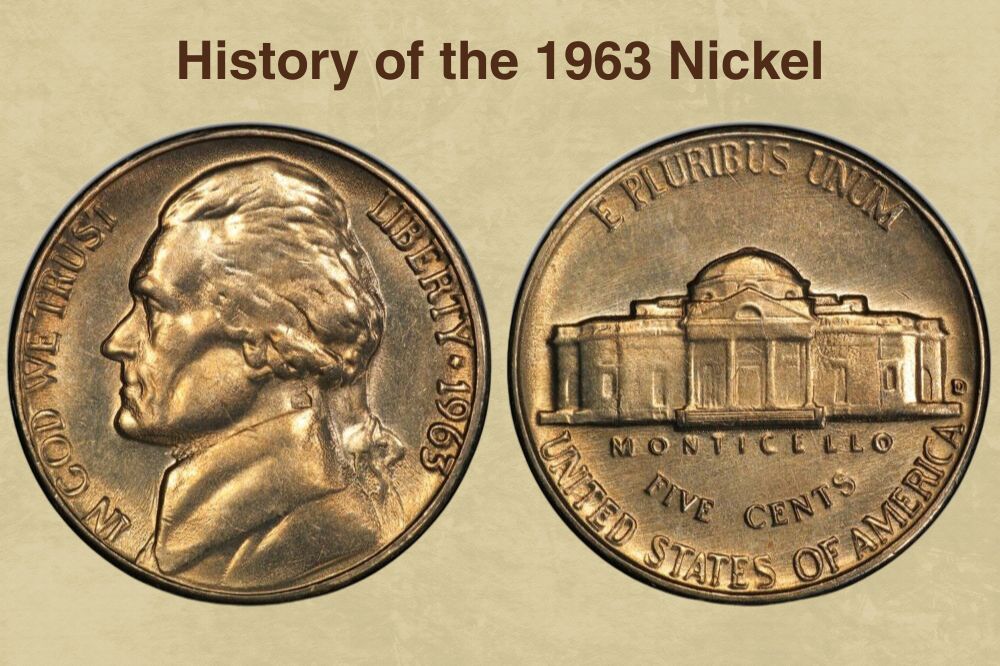
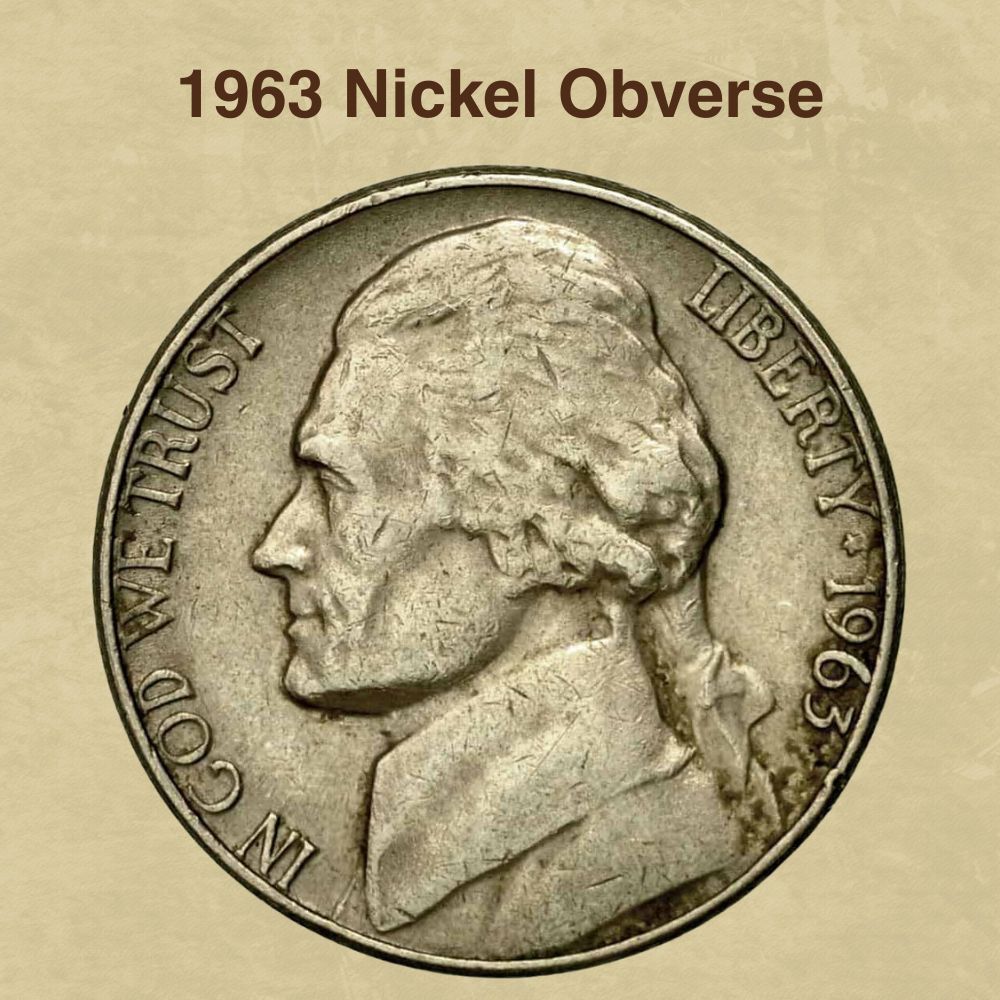
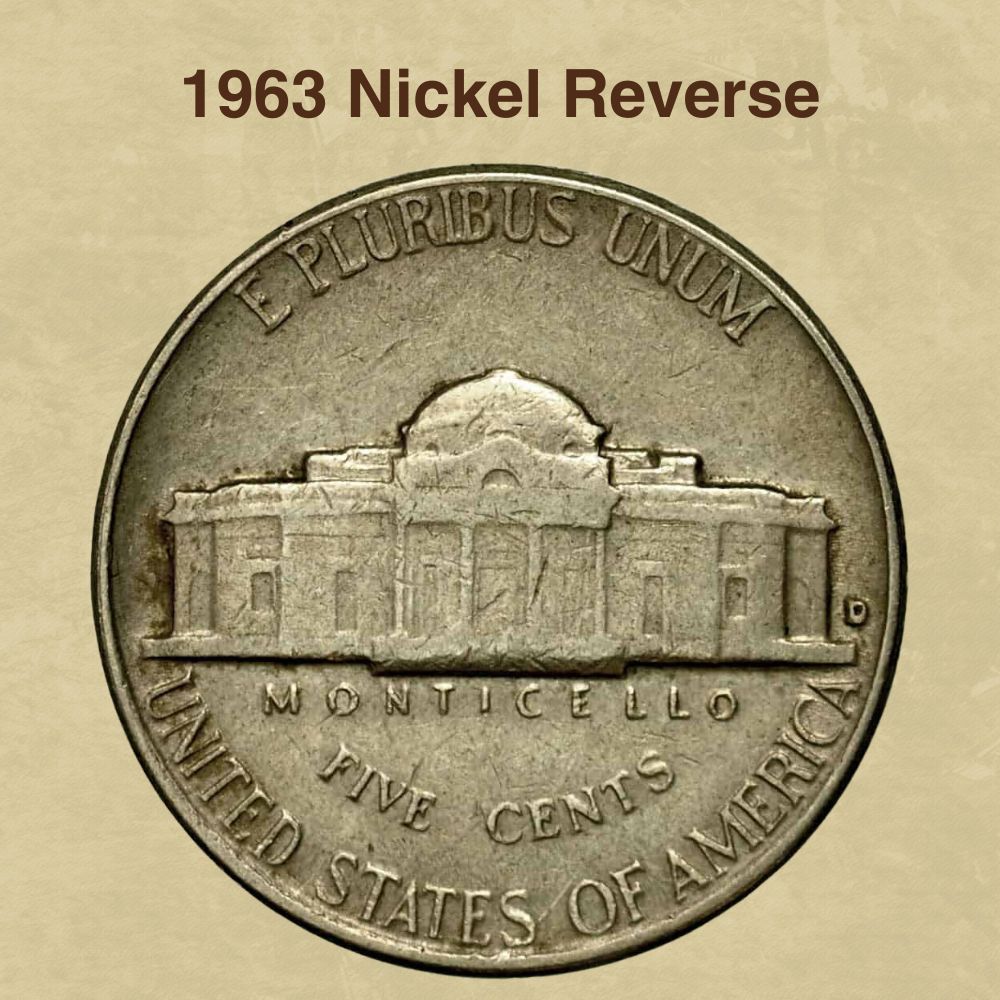
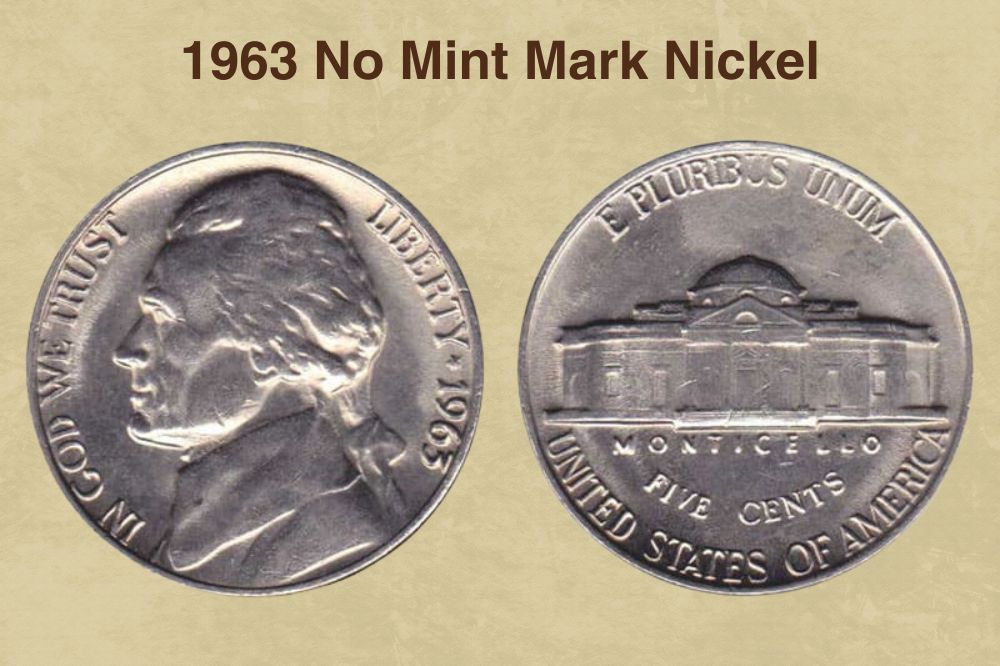
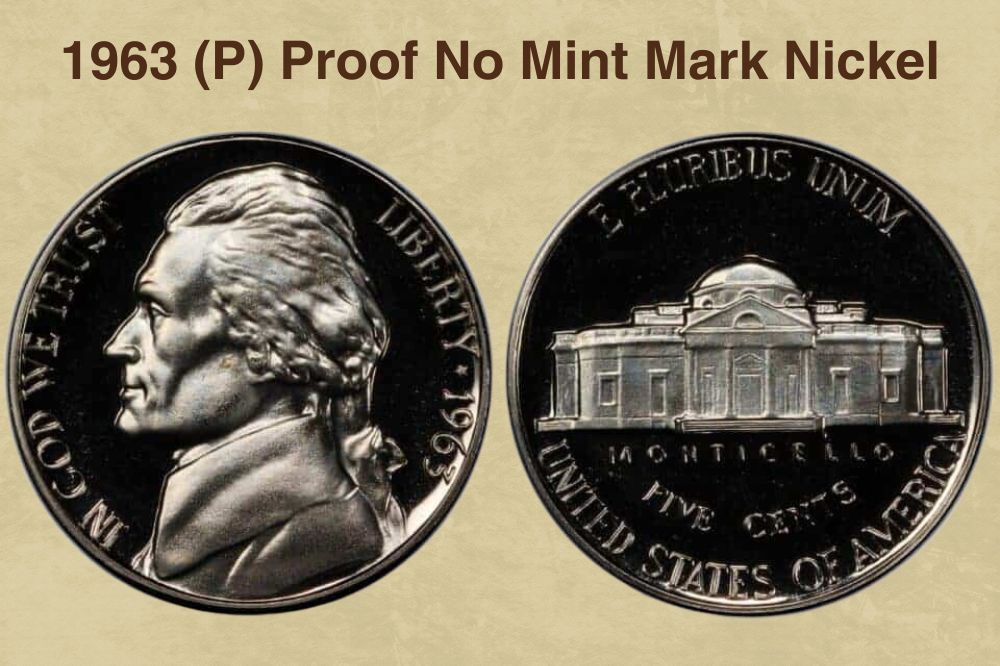
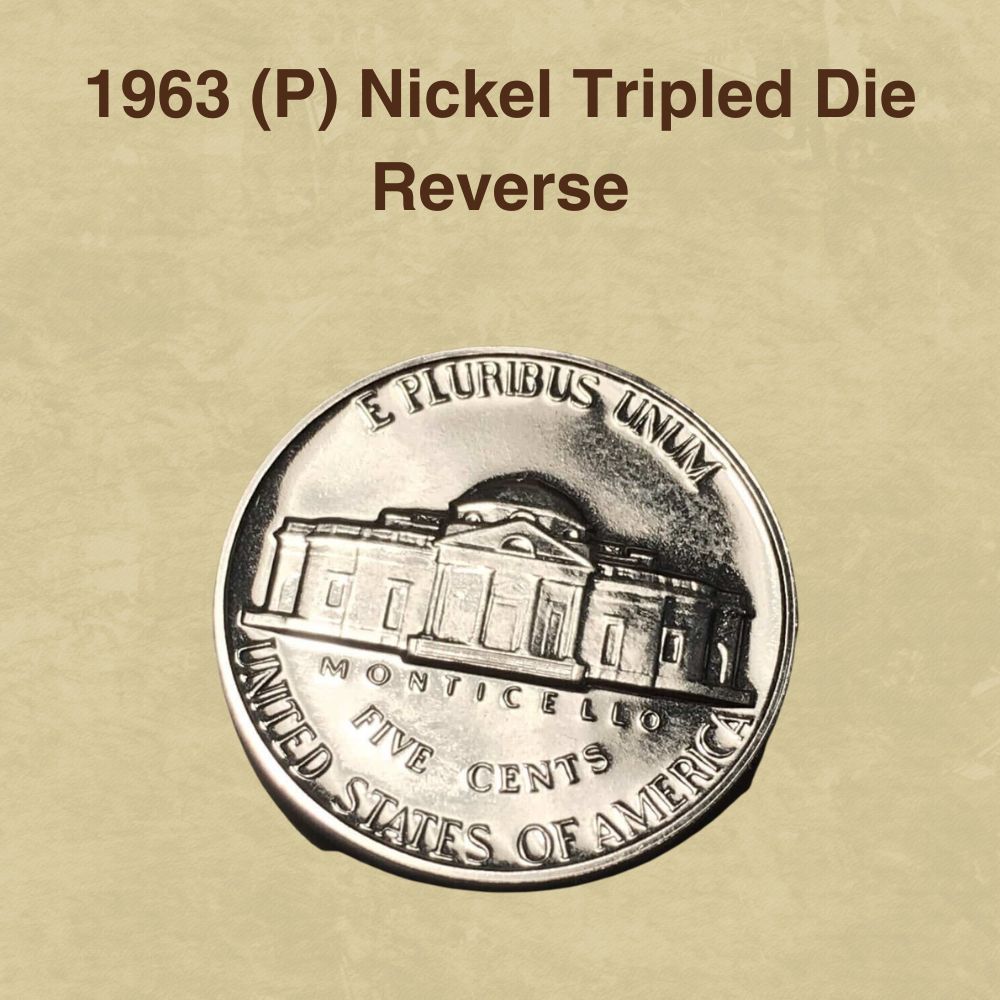
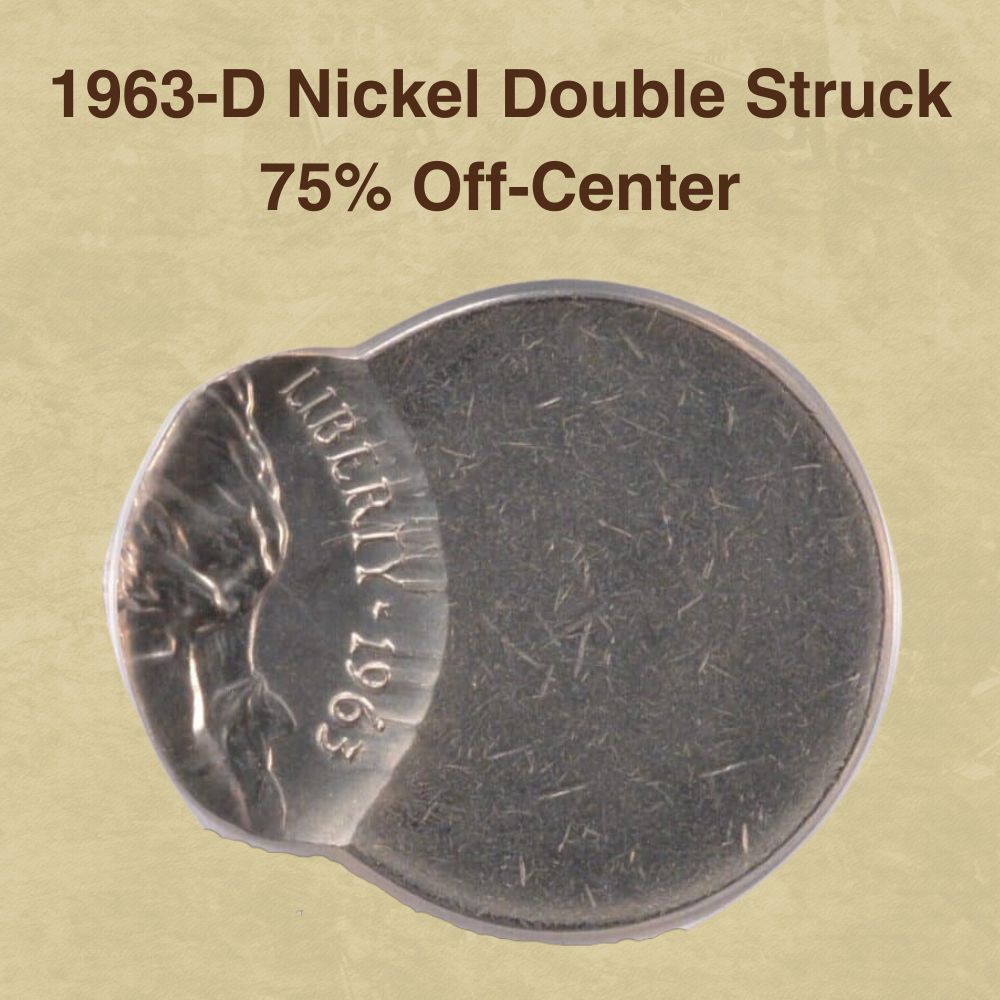
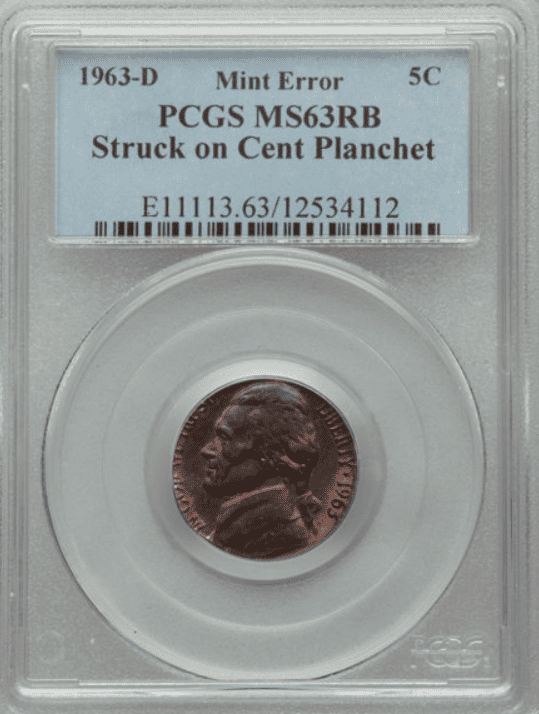
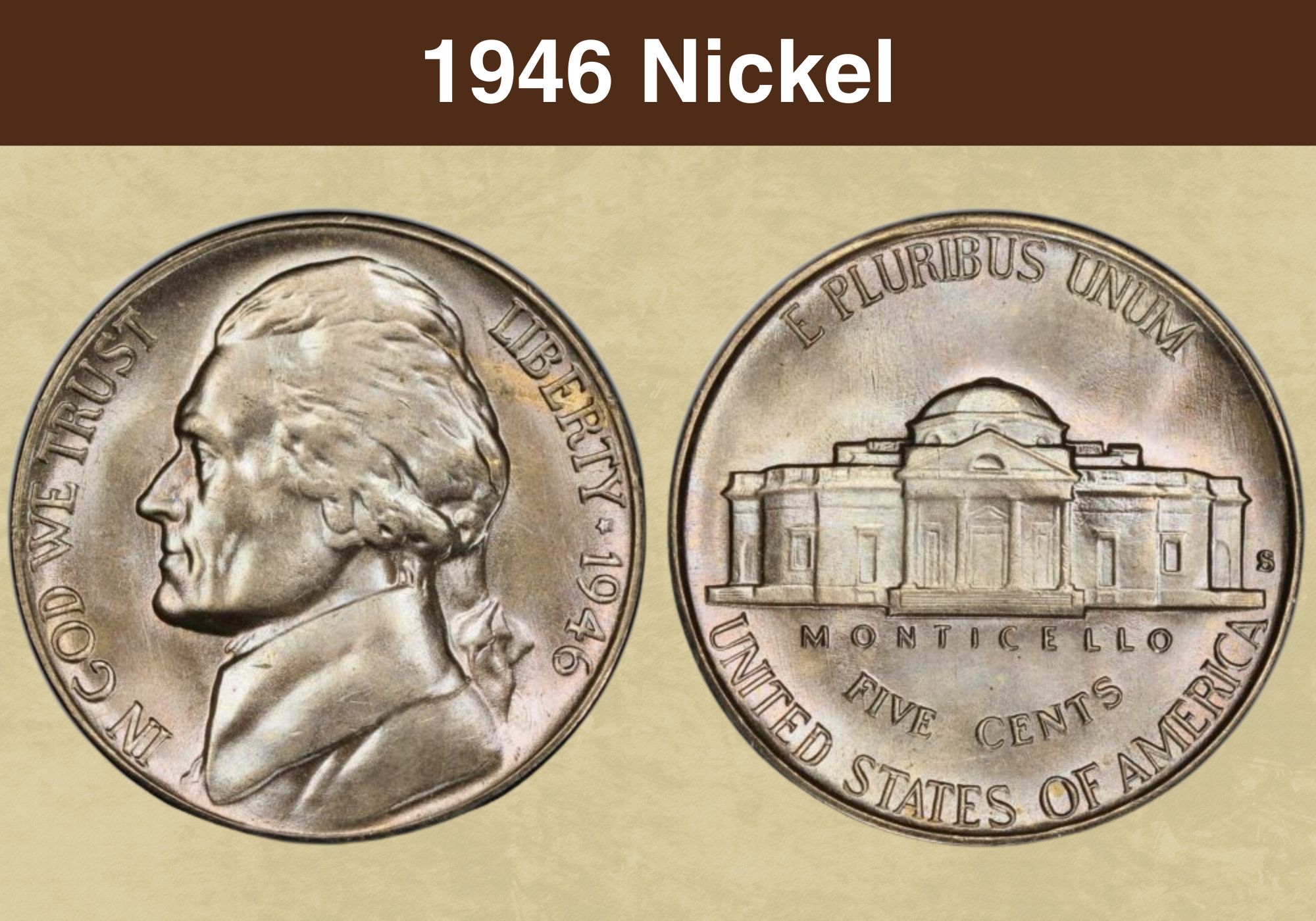
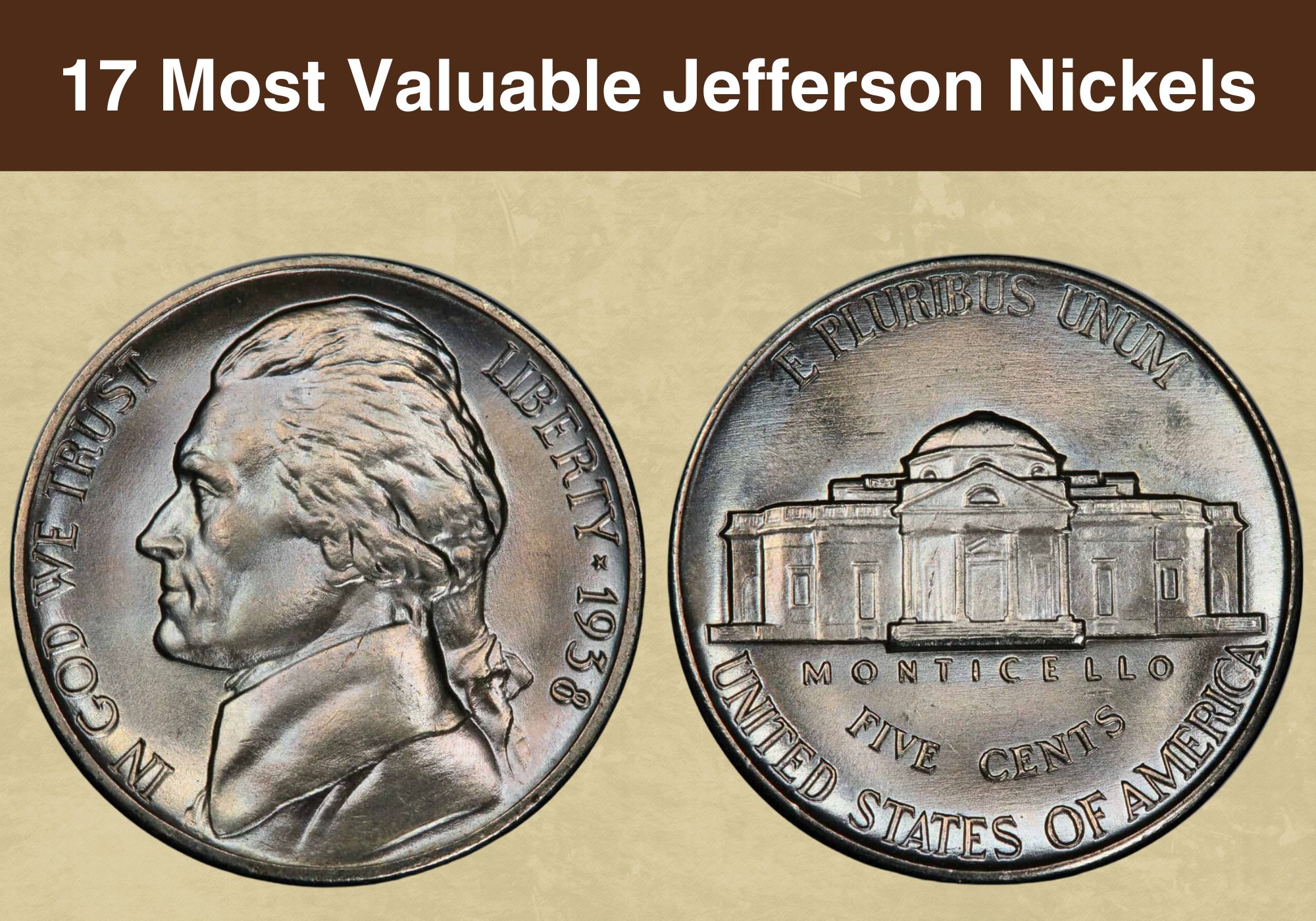
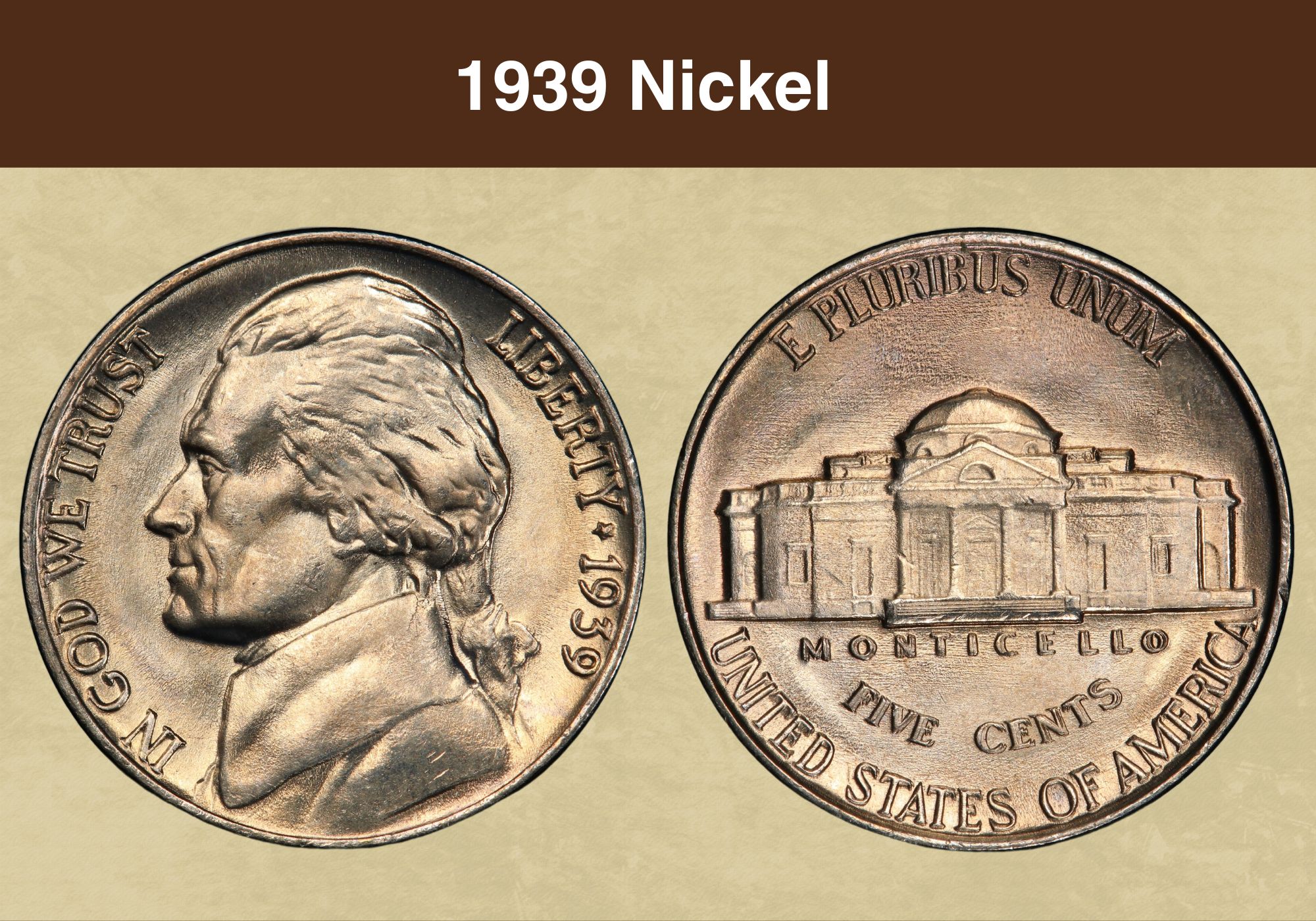
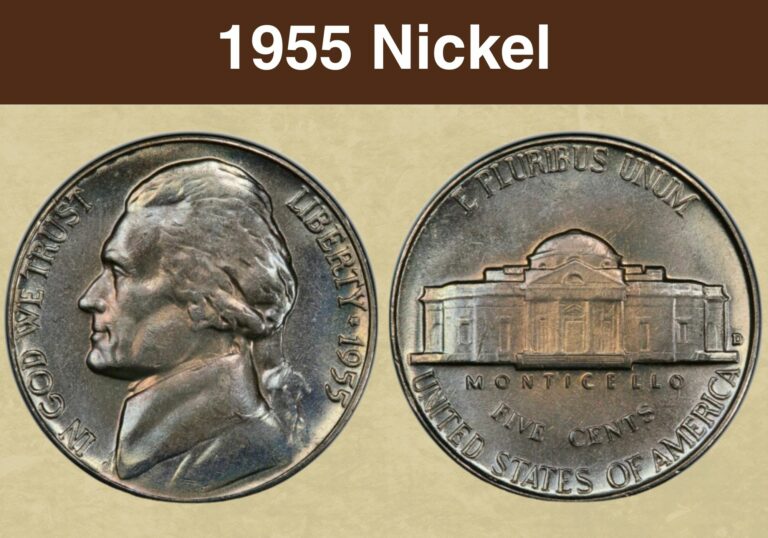
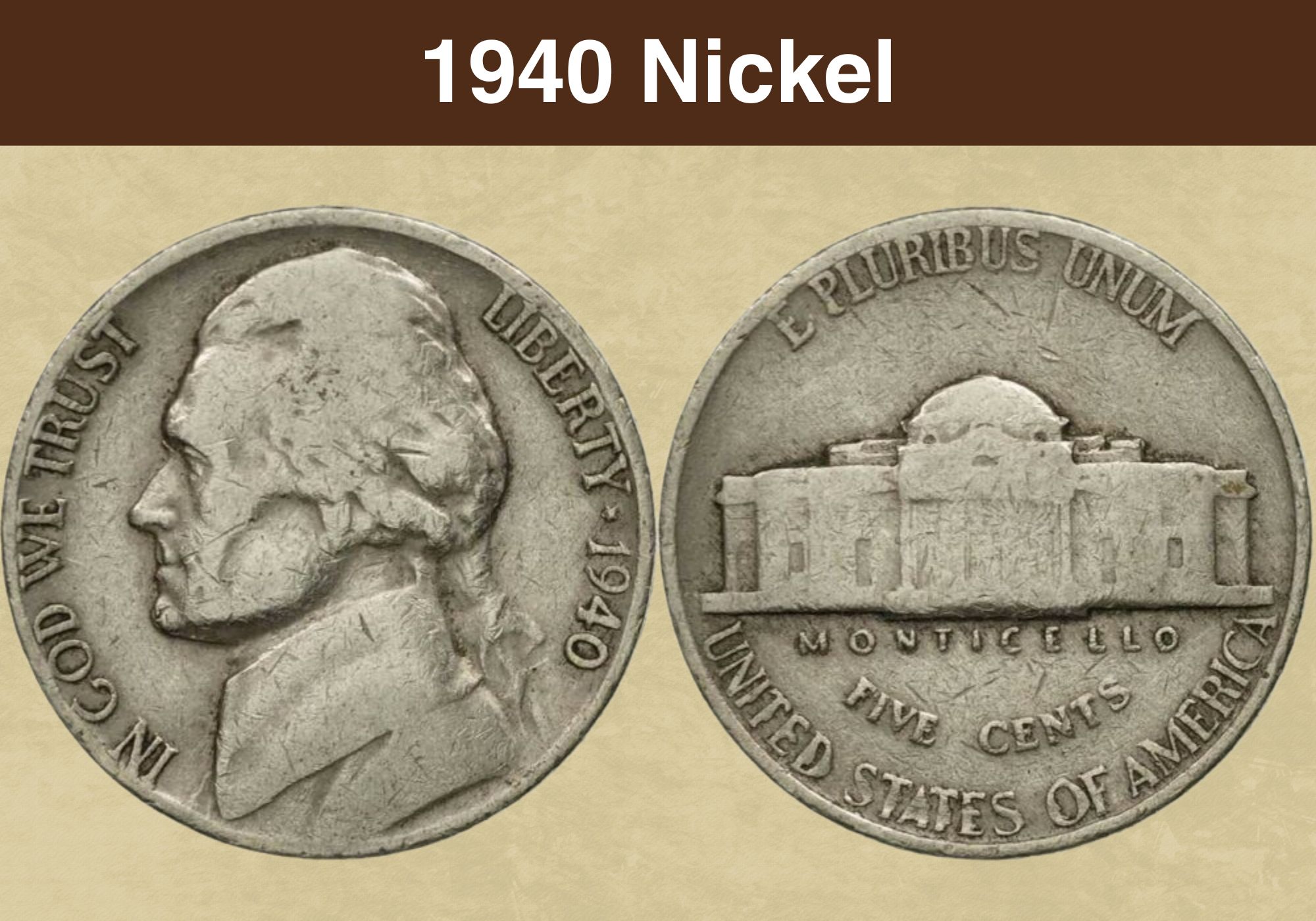
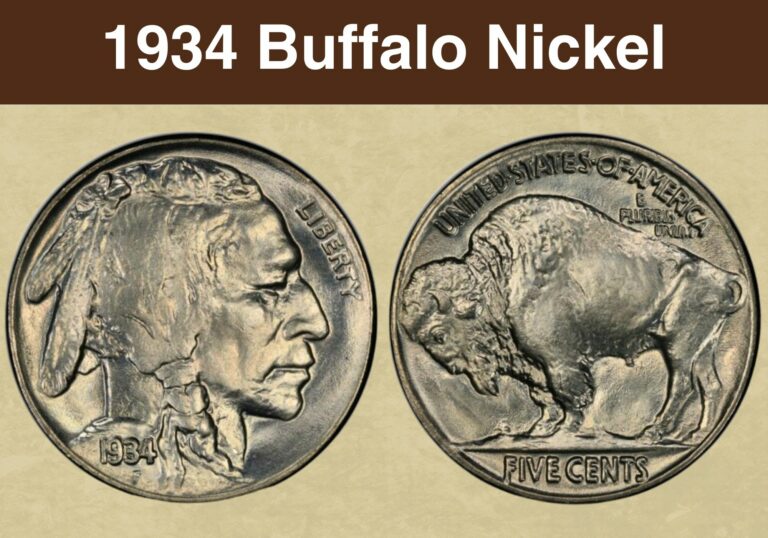
I enjoy the time for someone who is into collecting. I have over 25 error coins myself but don’t know who to trust to grad. Or sell them to.